
BBQ Culture: From Medium Rare to Well Done
Cooking times and temperatures vary based on the size, shape, type of meat, and preparation techniques used. When it comes to testing your meat’s doneness, using a meat thermometer is always necessary. A meat thermometer eliminates the guesswork when it comes to cooking, so you won’t have to worry about your food being undercooked or overcooked, so it is perfected to your liking every time.
While cooking something like a steak may seem like a simple task, it is not exactly something that people can get right every time, especially when it comes to how they want it cooked. For instance, a steak like a flank steak takes much less time than a thicker steak like filet mignon. However, when you have a great meat thermometer, it allows you to get an accurate temperature reading. From medium to rare, having a meat thermometer is always handy and will make your cooking experience a breeze.
Table of Contents
How to Cook Meat Properly
One of the most important steps that comes with cooking meat properly is letting the steak come to room temperature before it is placed on the grill. This means that ideally, you should let your steak rest on the counter top for 30-45 minutes prior to cooking. This will allow the steak to cook evenly since it will be the same temperature throughout, as you’ve given it a chance to rest before cooking. When you let your steak rest on the counter prior to cooking, you will not have to worry about a burnt exterior with a cold internal temperature of your steak.
How to Use a Meat Thermometer
The best way to determine your meat’s doneness is by checking its internal temperature using a high quality meat thermometer that provides an accurate and fast temperature reading. To do so correctly, you should insert the thermometer probe into the thickest part of the meat. There should not be any fat, cartilage, or bone near where you are inserting the thermometer. Another important thing to keep in mind is that after you take your steak off of the grill, it will continue cooking more by about 5 degrees. Therefore, you should take your steak off at about 5 degrees less than your desired temperature.
Internal Temperatures for Your Steak’s Doneness
Rare : 125-130 degrees Fahrenheit
- estimated cook time is 8 minutes
Medium-rare: 130-135 degrees Fahrenheit
- estimated cook time is 9 minutes
Medium: 135-140 degrees Fahrenheit
- estimated cook time is 10 minutes
Medium-well : 140-150 degrees Fahrenheit
- estimated cook time is 11 minutes
Well-done: 155 degrees Fahrenheit or more
- estimated cook time is 12 minutes or more
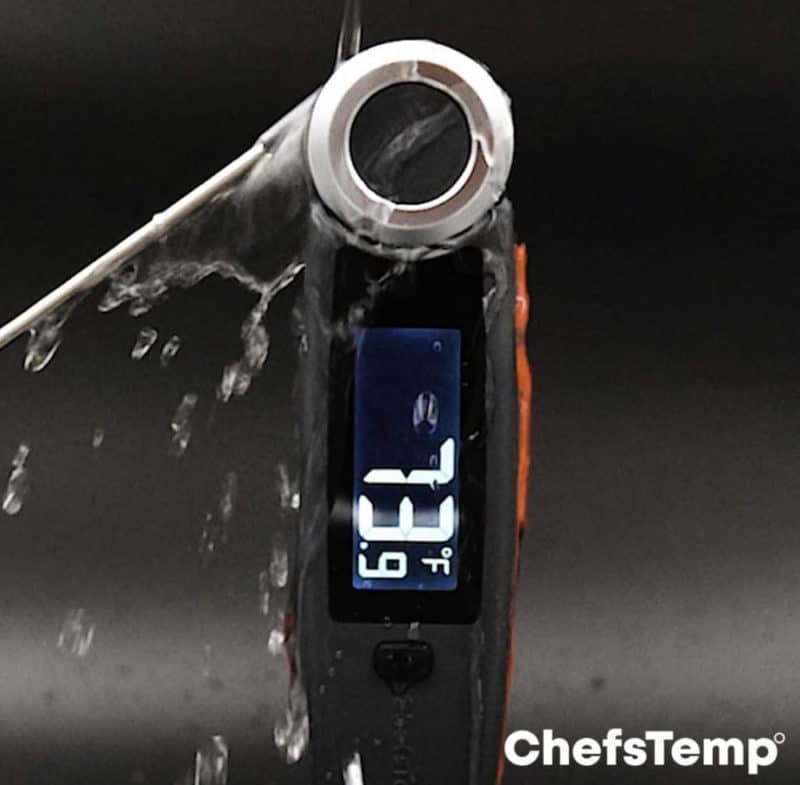
The Importance of Letting Your Steak Rest After it Cooks
Another crucial step of properly cooking your steak involves letting your steak rest after you take it off the grill. You should let your steak rest for at least five minutes for every inch of thickness before cutting into it. The purpose of this is to let the juices of the steak redistribute so you don’t cut into an overly firm piece of meat.
What Does Culture Have to Do With a Steak’s Doneness?
Believe it or not, there does seem to be cultural differences in how meat is cooked. In America, the topic of beef is quite popular. There are many different ways of cooking steak, as well as many different cuts and preferred ways of eating it. Many steak aficionados would say that the best way to eat steak is medium to medium-rare temperatures; however, according to many studies, most Americans actually prefer their steak well-done.
Steak’s doneness can be a sensitive topic for some, especially chefs. There have been many instances where people will ask for their steak “well-done” at a restaurant, and there are some chefs who get offended or simply can’t bear to bring themselves to cook a steak that is well-done.
Something to keep in mind about a steak’s doneness and different cultures is that not every country eats the same cuts of meat or prepares it the same way–so that’s one thing to think about.
Many discussions surrounding the topic claim that Hispanics, English, and Germans prefer their meat well-done. For example, a common Mexican dish that is made is Carne Asada, which is a flank steak. Flank steaks are much thinner in comparison to a thicker cut of meat, so it is more difficult to achieve a certain temperature other than well-done.
However, the way a person likes their meat cooked can be looked at both culturally and subjectively.
Achieve the Perfect Temperature to Your Liking
As mentioned previously, while the doneness of steak can be cultural, it can also be subjective. Therefore, everyone’s preference is different. The most important thing is to achieve the perfect temperature to your own liking and the best way to do is to have a good meat thermometer for an accurate temperature reading. In order to achieve the perfect temperature every time, your best bet is to have a meat thermometer handy. This way, you can ensure that the temperature, taste, flavor, and juiciness are always there.
Who wants to deal with guesswork when it comes to cooking meat anyway? A meat thermometer is something every cook should have, as it will make your job easier whether you’re grilling, barbecuing, or smoking your meat.
If you want to cook like a pro and have a great turn out every time, then get yourself a nice meat thermometer.
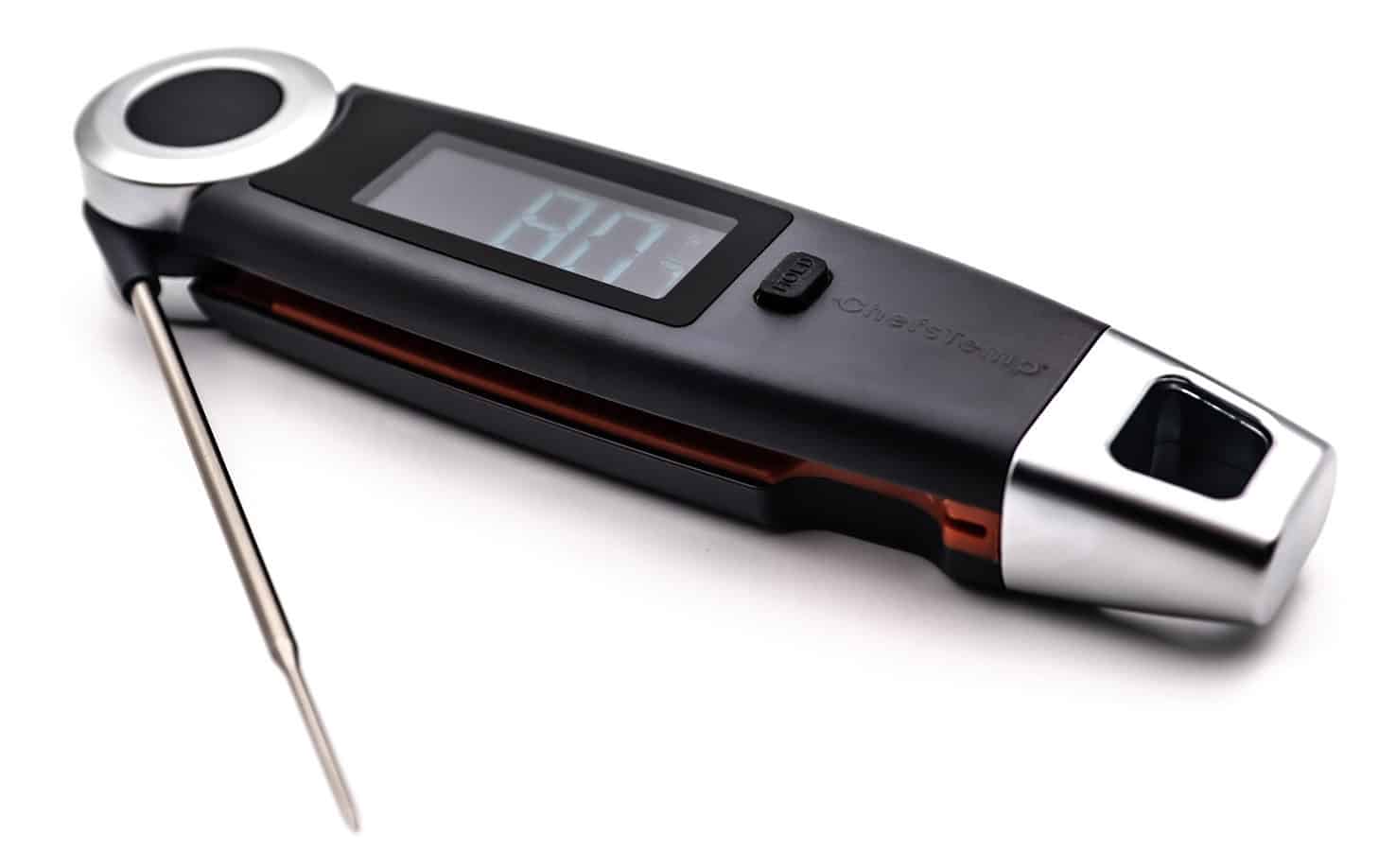
Finaltouch X10
The Finaltouch X10 thermometer from ChefsTemp gives an accurate reading not only for the inside of food but for surface temperatures as well. The diversity of the thermometer’s usage is second to none compared to other thermometers. By getting a reading within 1 second, the Finaltouch X10 from ChefsTemp is prepared to take on any task it is given.
One Comment
Comments are closed.
Discover Other ChefsTemp Products
Discover more recipes and learn kitchen tricks by joining our cooking family on Facebook.
You may also like:


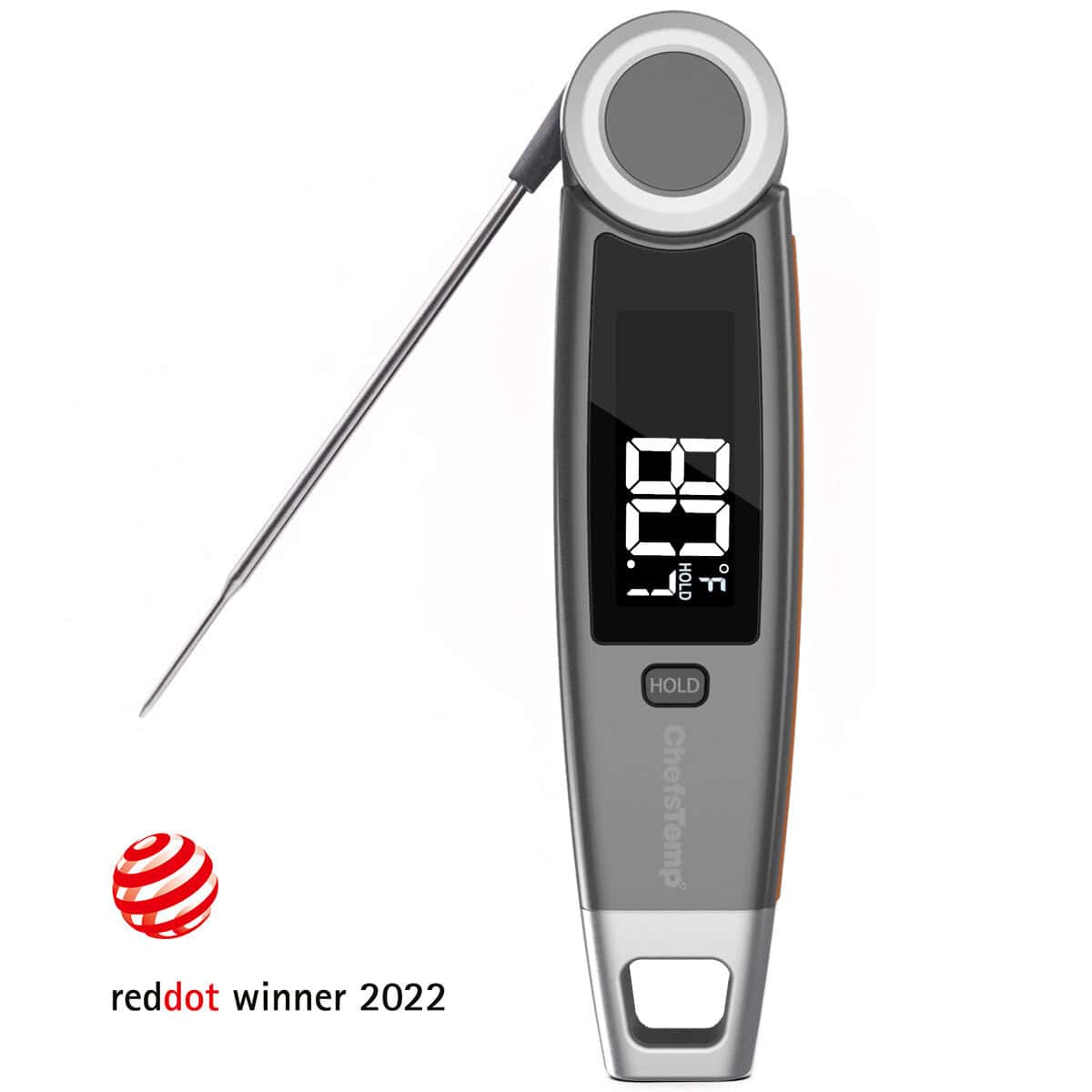
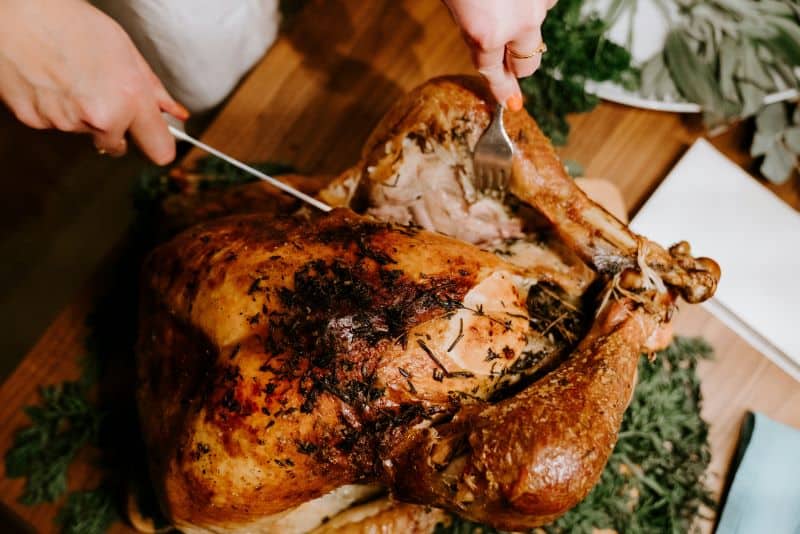
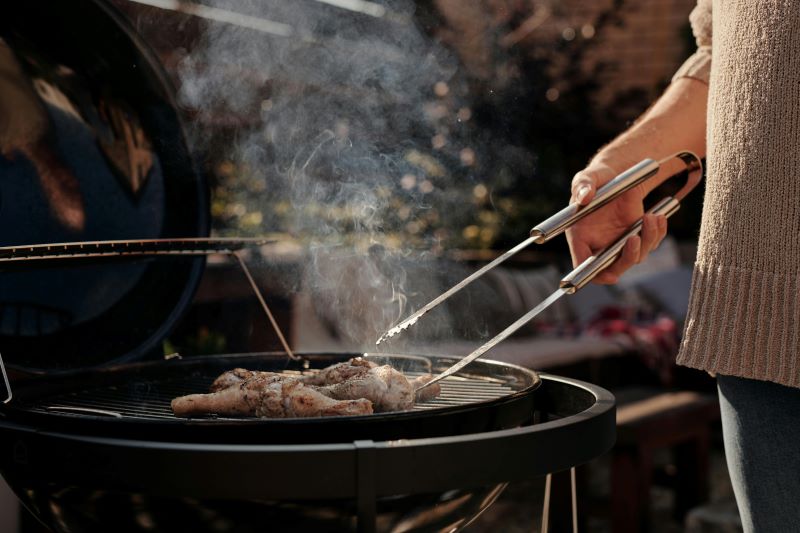
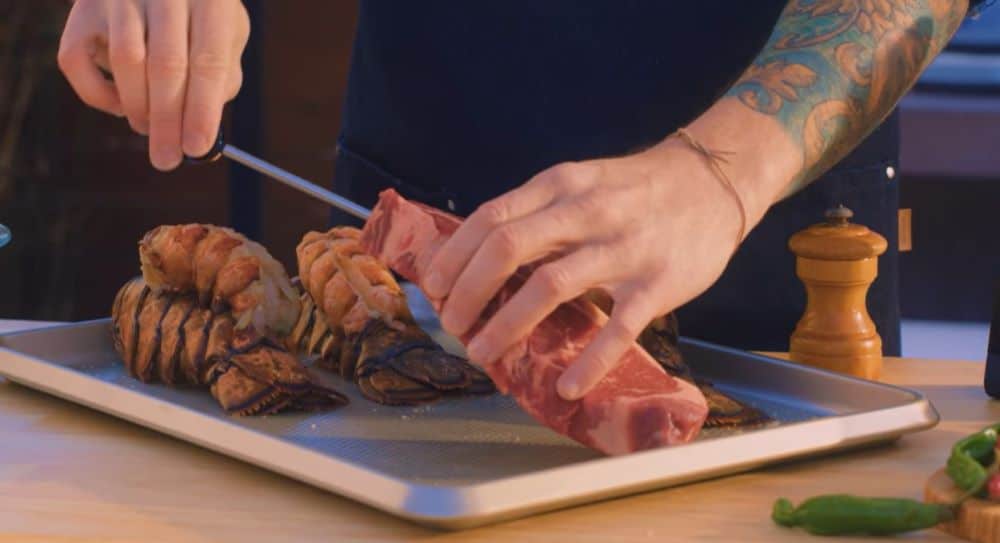
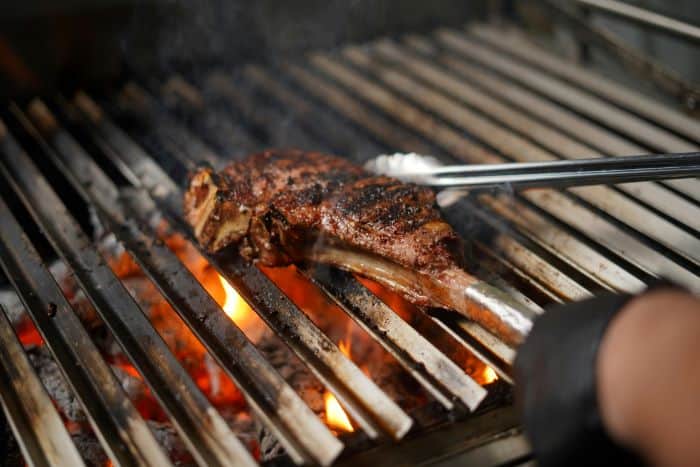
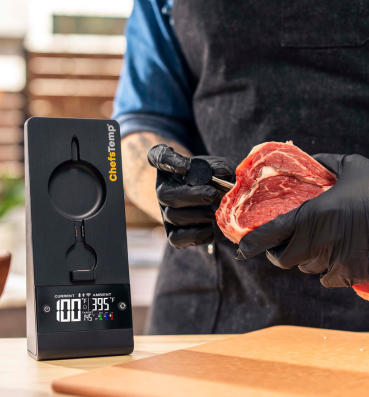
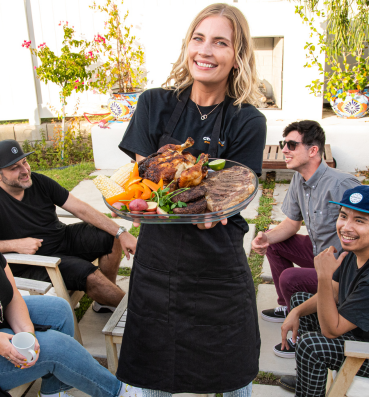

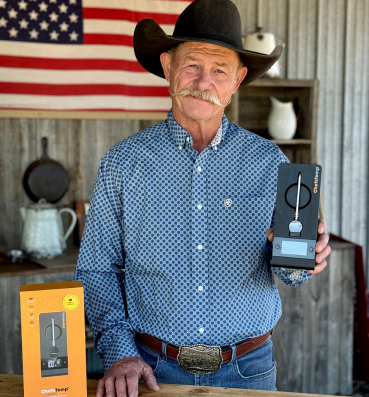
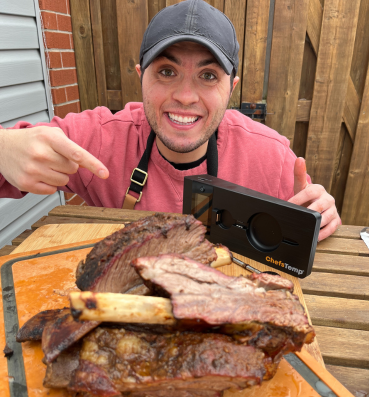
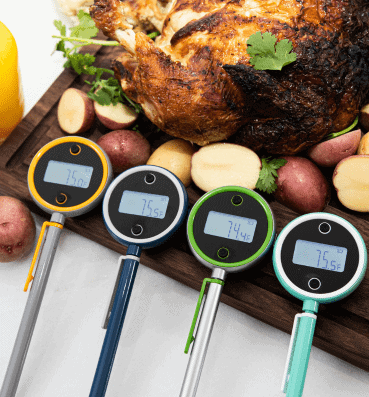
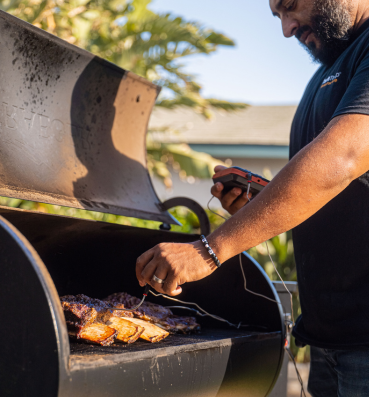
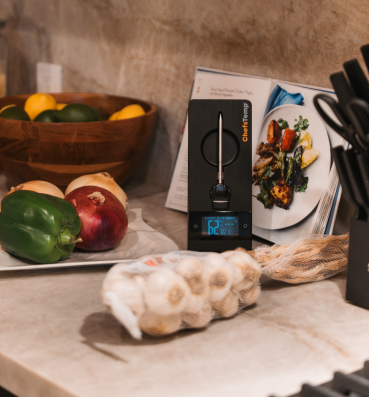

[…] it, but the meat is not chewy or rubbery at all. You can only achieve this texture when the meat is cooked medium rare – nothing more or […]